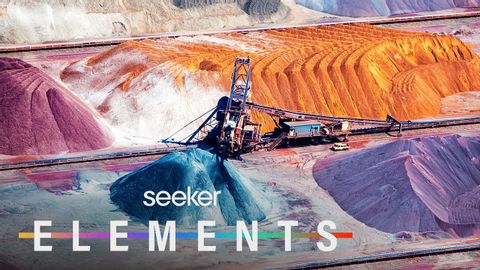細菌竟然能夠回收稀土?稀有元素的永續之方 (These Rare Elements Are Key to Renewable Energy, But What If They Run Out?)
Summer 發佈於 2021 年 10 月 03 日  沒有此條件下的單字
沒有此條件下的單字US /ˈprɑsˌɛs, ˈproˌsɛs/
・
UK /prə'ses/
- v.t.用電腦處理(資料);(依照規定程序)處理;處理;流程;加工;理解
- n. (c./u.)(規定的)程序;過程;進程;方法;法律程序;進程
US /ɪˈsɛnʃəl/
・
UK /ɪ'senʃl/
US /ɔlˈtɚnətɪv, æl-/
・
UK /ɔ:lˈtɜ:nətɪv/
US /ˈkɑnˌflɪkt/
・
UK /'kɒnflɪkt/
- n. (c./u.)衝突;爭執;戰爭;內心衝突
- v.t./i.衝突;抵觸
